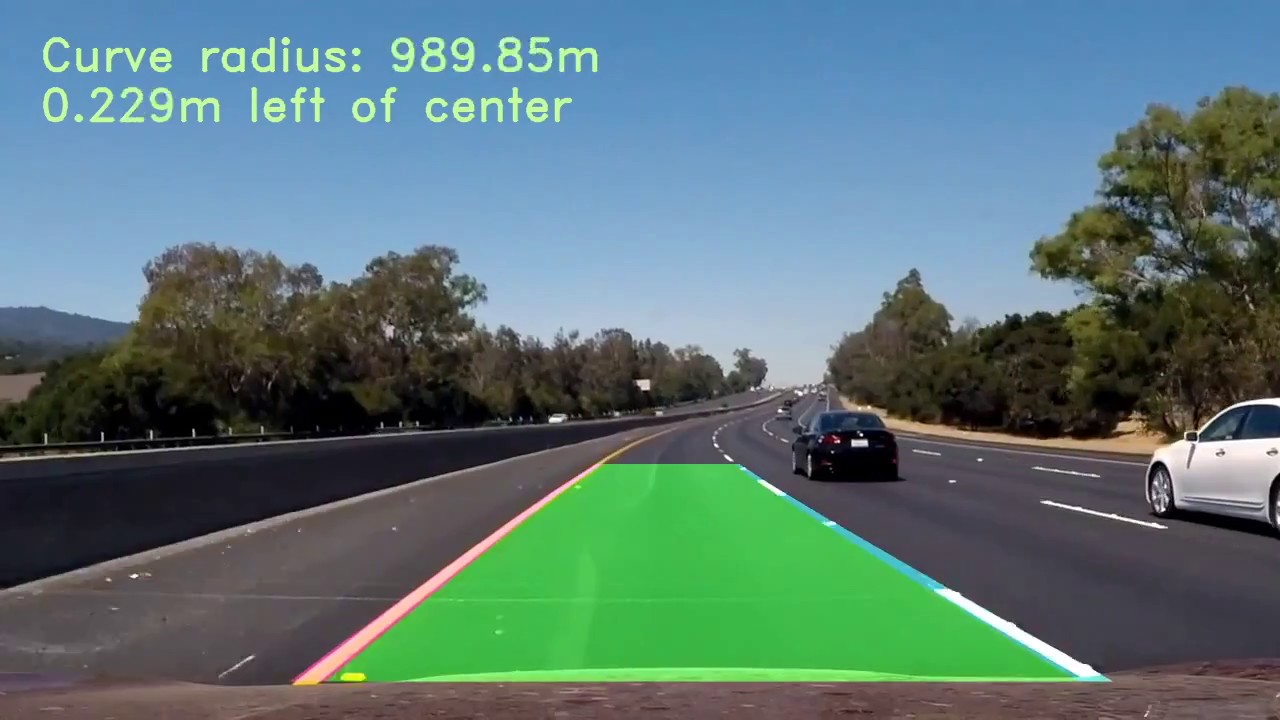Bhavesh Suhagia
desired roles
- Research Engineer • Mid Level
- Machine Learning Engineer • Mid Level
work type
Full time
work experiences
education
projects

Designed a deep neural network to classify traffic signs using TensorFlow. Experimented with different networks like LeNet and VGG. Achieved state of the art performance with 99% accuracy on validation set.
view detailsPart of the Self-Driving Car Engineer Nanodegree Program

Designed a convolutional neural network for end-to-end driving using TensorFlow/Keras. Used optimization techniques such as regularization and augmentation techniques to generalize the network to drive on multiple tracks.
view details
Build a computer vision pipeline to detect highway lane lines given real-world image. Used OpenCV library to perform image analysis techniques including Hough Transforms and Canny edge detection to complete the task. The pipeline was then tested on a real-world video sequence
view details
Collected and preprocessed S&P 500 stock data from 2010 - 2015 using R library quandmod. Built various clustering methods such as k-means and hierarchical methods to group stocks into different buckets which represented the volatility of the stock index.
view details
Analyzed Amazon text reviews and extracted relevant features using LDA method to discover latent structures and vectorize the raw text. These features were then used to build a sentiment classifier using Naive Bayes in Python. Finally, created a visualization dashboard to display results using Shiny (R).
view details